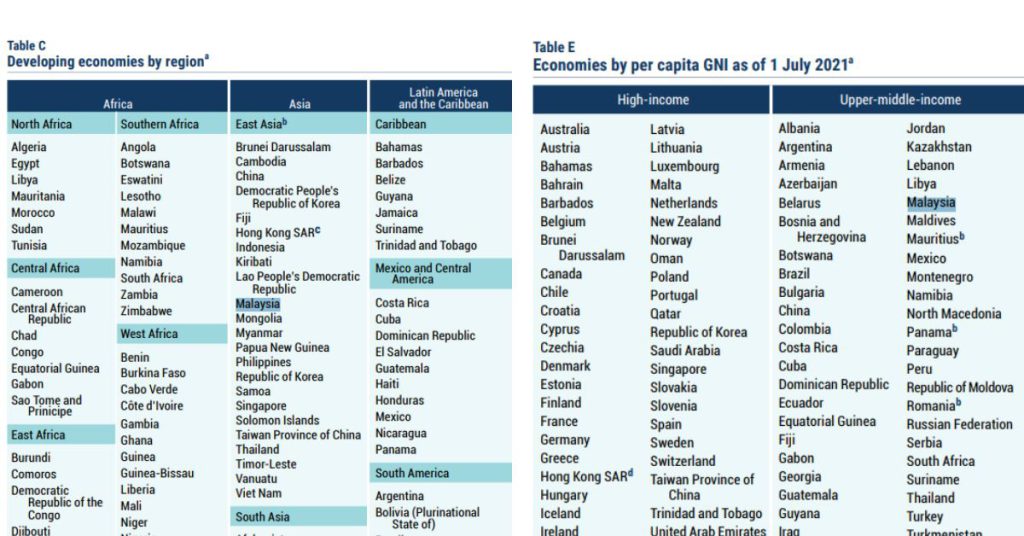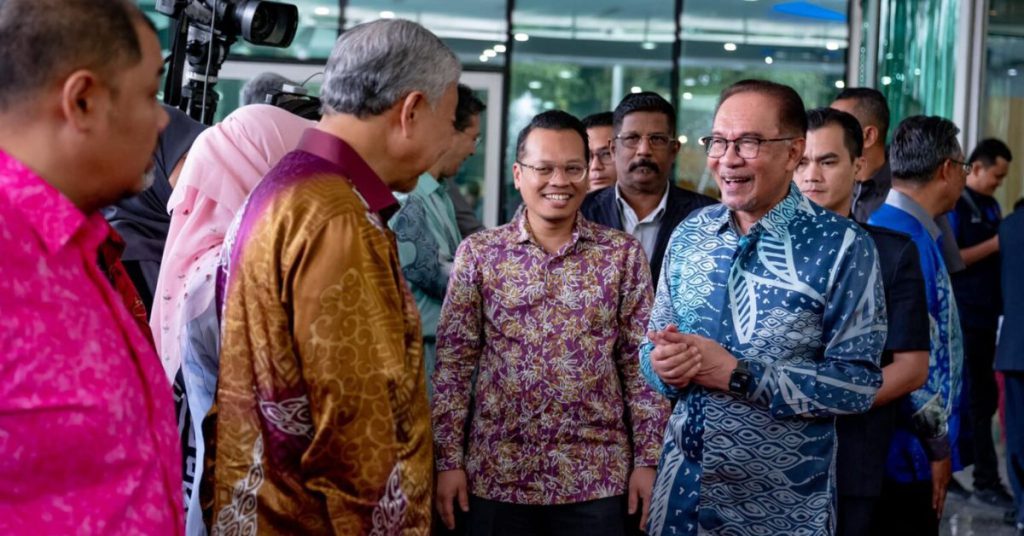Have you ever thrown around the phrase “first world problems” when referring to frustrating but ultimately minor issues?
Like, when Starbucks is out of your favourite drink, or when your wireless earbuds turned out to be not charged, or maybe your horoscope app gave you some bad juju today.
All this is to say that the term “first world” is one cemented in the public conscience. You might even recall it being used by Jocelyn Chia when comparing Singapore to Malaysia.
But, do you even know what it means? Maybe it’s pretty self-explanatory. You might assume first refers to being first in terms of the economy, or first in development, or first in education. While that isn’t completely wrong, that’s actually not how the term came to be.
Where did the term come from?
To understand where this language even came from, we need to do a quick history lesson.
The concept of the three worlds was created during the Cold War, with the terms First World, Second World, and Third World originally used to categorise countries by their political alignment.
For those who don’t remember, the Cold War was the struggle between the US and the Soviet Union post-WWII.
During this time, there were two camps (blocs), i.e. the First and Second Worlds. The First World was also known as the Western bloc and refers to the capitalist world, comprising NATO and its allies. This includes the United States, the United Kingdom, France, Belgium, Canada, and much more.
The Second World refers to the Eastern bloc, comprising communist-aligned countries such as the Soviet Union and China.
Meanwhile, the Third World included all the non-aligned countries.
On another note, Mao Zedong is also credited with coming up with another three-world concept, or the Three Worlds theory. In the Maoist theory, the three worlds are separated based on geopolitical and international relations, resulting in this categorisation:
- First World: United States and the Soviet Union
- Second World: Japan, Canada, Europe, and the other countries of the global North
- The Third World: India, the countries of Africa, Latin America, and continental Asia
In any case, the Cold War eventually ended with the Soviet Union’s dissolution in 1991, and with that, the terms kind of lost their meanings, at least in a political and official sense.
But as you and I know, these terms are still in use today.
Nowadays, First World is typically still used to refer to capitalist, industrialised, and developed countries.
We usually think about North American and Western European countries under the First World umbrella, alongside Australia, Japan, and South Korea.
Third World countries refer to the opposite—poorer, non-industrialised, and developing countries.
Second World countries seem to be a less used term, since the context for it has kind of disappeared with the end of the Cold War.
So, the terms First World versus Third World mostly come down to whether a country is developed or still developing. But…
Who gets to decide what’s developed VS developing?
Institutions such as the International Monetary Fund and the World Bank have come up with definitions of developed countries, typically using something called a HDI ranking.
HDI refers to the human development index, which is a statistical composite index looking at life expectancy, education, and income per capita.
The United Nations also releases a list of country classifications, which might be considered the most official report on the topic.
The latest such report is the World Economic Situation and Prospects (WESP) 2022.
WESP classifies all countries into three broad categories—developed economies, economies in transition, and developing economies.
It uses information based on the Statistics Division and the Population Division of UN DESA (Department of Economic and Social Affairs of the United Nations Secretariat).

Other sources include the United Nations Conference on Trade and Development (UNCTAD), the International Monetary Fund (IMF), the World Bank, the Organization for Economic Cooperation and Development (OECD), Eurostat, and national sources.
In WESP, Malaysia falls into the category of developing economies.
There are a couple more categories on the report such as least developed countries, and heavily indebted poor countries, which Malaysia is not on.
What will it take for Malaysia to become “developed”?
Generally, Malaysia is still considered a developing nation. That said, in the WESP’s economies by per capita GNI (gross national income) table, Malaysia is listed as an upper-middle-income country.
Our rates of growth of real GDP (gross domestic product) also look to be promising, with a 5.6% growth according to WESP, which is among the higher numbers in East and Southeast Asia.
According to the Prime Minister’s Office, the government aims to launch the MADANI Economic Narrative in August, which would be a guide “for a clearer direction of the country’s economy”, Prime Minister Datuk Seri Anwar Ibrahim said.

Economic criteria tend to be the biggest thing looked at when deciding whether a country is developed or developing, but there are other factors such as sociopolitical ones, too.
Ultimately, though, rather than seeing the title of a “developed nation” as the end goal, it’s important to remember the “why”.
More than a status symbol, being a developed nation means that our life expectancy is longer, that education is better, and individual income levels are higher, based on how the HDI ranking is measured.
Hopefully, through efforts from the government as well as the people, Malaysia will be able to join the ranks of other developed countries.
- Read other articles we’ve written about Malaysia here.
Featured Image Credit: Wengang Zhai










Leave a Reply